Publications
2025 Journal Articles
Chemical Imaging for Biological Systems: Techniques, AI-Driven Processing, and Applications
accepted for publication (2025)
Machine learning for thermal transport and phonon high-order anharmonicity in high thermal conductivity materials: A case study in boron arsenide
accepted for publication (2025)
Ballistic Transport from Propagating Vibrational Modes in Amorphous Silicon Dioxide: Thermal Experiments and Atomistic-Machine Learning Modeling
M. Li, L. Dai, H. Wu, Y. Yan, J. Kang, S. King, P.E. McNeil, D. Butts, T. Galy, M. Marszewski, E. Lan, B.S. Dunn, S.H. Tolbert, L. Pilon, and Y. Hu accepted for publication (2025)
Advancing Thermal Management Technology for Power Semiconductors through Materials and Interface Engineering
accepted for publication (2025)
Non-classical heat transfer and recent progress
C. Su, H. Wu, L. Dai, Z. Zhang, S. Li, and Y. Hu
Journal of Heat and Mass Transfer. 147, 032502 (2025)
[download pdf]
2024 Journal Articles
Report on the Tenth U.S.-Japan Joint Seminar on Nanoscale Transport Phenomena
R. Chen, C. Duan, T. Hori, W. Hsu, Y. Hu, T. Ishibe, G. Kikugawa, Y. Lee, A. Marconnet, A.J. Minnich, M. Ohnishi, A. Pickel, J. Shiomi, D. Surblys, R. Takehara, Y. Tomo, R. Wilson, Y. Won, M. Zebarjadi, Y. Zhu
Nanoscale and Microscale Thermophysical Engineering, published online.
Wafer-Scale Bonded GaN-AlN with High Interface Thermal Conductance
M. Li, K. Pan, Y. Ge, K. Huynh, M.S. Goorsky, T.S. Fisher, and Y. Hu
Applied Physics Letters 125, 032104 (2024).
[download pdf]
Nanoscale Hyperthermia Mesostructures for Sustainable Antimicrobial Design
Y. Cui, H. Wu, S. Zhang, Z. Zhang, G. Cheng, R. Sun, Y. Shi, and Y. Hu
Cell Reports Phys. Sci. 5, 102081 (2024).
[download pdf]
Moiré Pattern Controlled Phonon Polarizer Based on Twisted Graphene
Z. Qin, L. Dai, M. Li, S. Li, H. Wu, K.E. White, G.G., P.S. Weiss, and Y. Hu
Advanced Materials 36, 2312176 (2024).
[download pdf]
Vaccine adjuvants: current status, research and development, licensing, and future opportunities
Y. Cui, M. Ho, Y. Hu, Y. Shi
Journal of Materials Chemistry B 12, 4118 (2024).
Ab initio investigations on hydrodynamic phonon transport: from
diffusion to convection
H. Wu and Y. Hu
International Journal of Heat and Mass Transfer 220, 124988 (2024).
[download pdf]
Electrically gated molecular thermal switch
M. Li, H. Wu, E.M. Avery, Z. Qin, D.P. Goronzy, H.D. Nguyen, T. Liu, P.S. Weiss, Y. Hu
Science 382, 585 (2023).
[download pdf]
Nonperturbative determination of isotope-induced anomalous vibrational physics
H. Wu, Z. Qin, S. Li, L. Lindsay, and Y. Hu
Phys. Rev. B 108, L140302 (2023)
[download pdf]
2022 Journal Articles
Anomalous thermal transport under high pressure in boron arsenide
S. Li, Z. Qin, H. Wu, M. Li, M. Kunz, A. Alatas, A. Kavner, Y. Hu
Nature 612, 459-464 (2022).
[download pdf]
Machine Learning for Harnessing Thermal Energy:
from Materials Discovery to System Optimization
M. Li, L. Dai, Y. Hu
ACS Energy Letters 7, 3204 (2022).
[download pdf]
Modeling analysis for design of microshutters with new electrode configuration
M. Ke, A. S. Kutyrev, C.A. Kotecki, K. Kim, M. A.Greenhouse, M. P. Chang, R. Fettig, R. P. Brekosky, Y. Hu
Sensors and Actuators A: Physical 343, 113661 (2022).
[download pdf]
Total solar spectrum energy converter with integrated photovoltaics, thermoelectrics, and thermal energy storage: system modeling and design
Nicholas Farrar-Foley, Nicolas Augustus Rongione, Huan Wu, Adrienne Lavine, Yongjie Hu
International Journal of Energy Research 46, 5731 (2022).
[download pdf]
Transparent silica aerogel slabs synthesized from nanoparticle colloidal suspensions at near ambient conditions on omniphobic liquid substrates
M. Marszewski, S. C King, T. Galy, G. Kashanchi, A. Dashti, Y. Yan, M. Li, D. Butts, P. McNeil, E. Lan, B. Dunn, Y. Hu, S. Tolbert, L. Pilon
Journal of Colloid and Interface Science 606, 884 (2022).
[download pdf]
Thermal management materials for energy-efficient and sustainable future buildings
Zihao Qin, Man Li, Jessica Flohn, Yongjie Hu
Chemical Communications 57, 12236 (2021).
[download pdf]
2021 Journal Articles

Integration of boron arsenide cooling substrates into gallium nitride devices
J. Kang, M. Li, H. Wu, H. Nguyen, T. Aoki and Y. Hu
Nature Electronics 4, 416-423 (2021).
[download pdf]
The development of wide bandgap (WBG) semiconductor devices has led to unprededented advancement of electronics that operate at high power and high frequency. However, the performance and reliability of these systems relies on the ability to efficiently dissipate thermal energy from the devices during operation. Although silicon carbide and diamond have been used as heat spreaders in such devices, a large thermal resistance has usually been found at interfaces within the WBG device architecture and limits the effectiveness of such solutions. Here, we show that boron arsenide (BAs) and boron phosphide (BP) cooling substrates can be heterogeneously integrated with metals, a wide-bandgap semiconductor (gallium nitride, GaN) and high-electron-mobility transistor devices. GaN-on-BAs structures exhibit a high thermal boundary conductance of 250 MW m−2 K−1, and comparison of device-level hot-spot temperatures with length-dependent scaling (from 100 μm to 100 nm) shows that the power cooling performance of BAs exceeds that of reported diamond devices. Furthermore, operating AlGaN/GaN high-electron-mobility transistors with BAs cooling substrates exhibit substantially lower hot-spot temperatures than diamond and silicon carbide at the same transistor power density, illustrating their potential for use in the thermal management of radiofrequency electronics. We attribute the high thermal management performance of BAs and BP to their unique phonon band structures and interface matching.
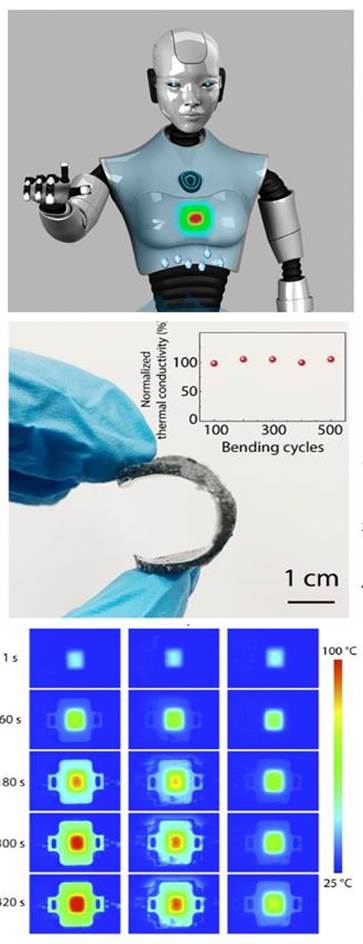
Flexible thermal interface based on self-assembled boron arsenide for high-performance thermal management
Y. Cui, Z. Qin, H. Wu, M. Li, and Y. Hu
Nature Communications 12, 1284 (2021).
[download pdf]
Thermal management for wearable electronics and robots requires advanced building blocks to provide not only efficient heat dissipation but also high softness and flexibility. This work develops self-assembled manufacturing and demonstrate high performance thermal management with excellent elastic compliance similar to that of soft biological tissues down to 100 kPa, high flexibility, and preserves over at least 500 bending cycles a high thermal conductivity over about 100 times improvement of a typical polymer. The superior cooling performance has been verified by device integration with power LEDs to show a 45 'C reduction in the hot spot temperature. Together, this study demonstrates scalable manufacturing of a new generation of energy-efficient and flexible thermal materials that holds great promise for advanced thermal energy technologies.
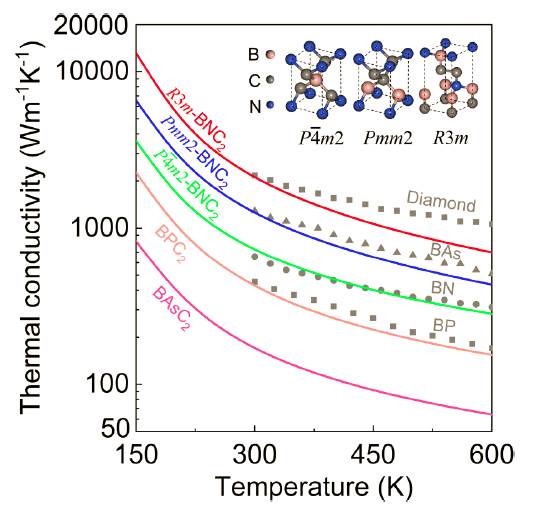
Ab initio determination of ultrahigh thermal conductivity in ternary compound
H. Wu, H. Fan, and Y. Hu
Phys. Rev. B 103, L041203 (2021).
[download pdf]
[Supplementary info]
This paper investigates the fundamental lattice vibrational spectra and the thermal conductivity of ternary compounds involving four-phonon process. We find an ultrahigh room-temperature thermal conductivity through strong carbon-carbon bonding up to 2100 Wm-1K-1 beyond most common materials and the recently discovered boron arsenide. This study provides fundamental insight into the atomistic design of thermal conductivity and opens up opportunities in new materials searching towards complicated compound structures.
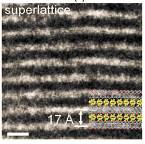
High-yield exfoliation of 2D semiconductor monolayers and reassembly of organic/inorganic artificial superlattices
Z. Lin, Z. Wan, F. Song, B. Huang, C. Jia, Q. Qian, J. Kang, Y. Wu, X. Yan, L. Peng, C. Wan, J. Zhou, Z. Sofer, I. Shakir, Z. Almutairi, S. Tolbert, X. Pan, Y. Hu, Y. Huang, X. Duan
Chem 7, 1-16 (2021).
[download pdf]
2020 Journal Articles
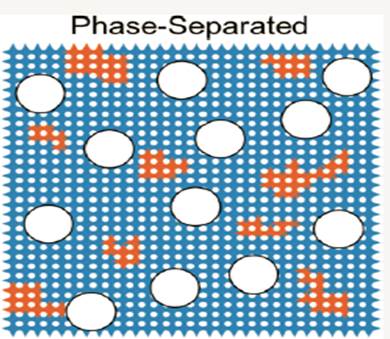
Examining the role of atomic scale heterogeneity on the thermal conductivity of transparent, thermally insulating, mesoporous silica−titania thin films
S. C. King, M. Li, T. Galy, Y. Yan, J. Kang, V. Basile, Y. Li, M. Marszewski, L. Pilon, Y. Hu, S. H. Tolbert
J. Phys. Chem. C 124, 27442 (2020).
[download pdf]
This paper examines the effect of compositional heterogeneity on the thermal conductivity of transparent, mesoporous silica–titania composites that contain either 10 or 20 mol % titania.
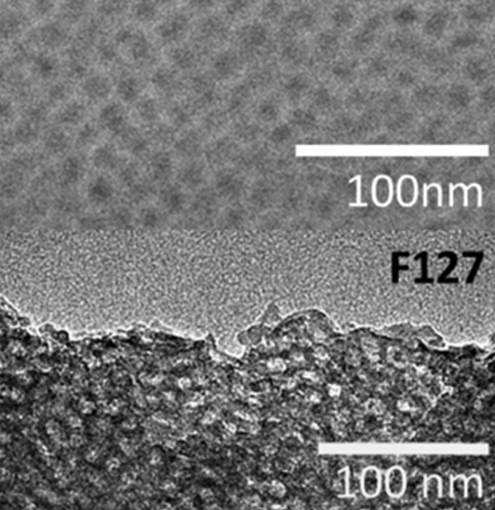
Controlling thermal conductivity in mesoporous silica films using pore size and nanoscale architecture
Y. Yan, M. Li, S. King, T. Galy, M. Marszewski, J. Kang, L. Pilon, Y. Hu, S. H. Tolbert
J. Phys. Chem. Lett. 11, 3731 (2020).
[download pdf]
This work investigates the effect of wall thickness on the thermal conductivity of mesoporous silica materials made from different precursors.
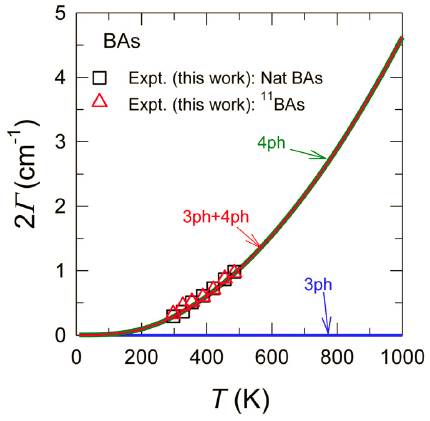
Observation of strong higher-order lattice anharmonicity in Raman and infrared spectra
X. Yang, T. Feng, J. Kang, Y. Hu, J. Li, X. Ruan
Phys. Rev. B 101, 161202(R) (2020).
[download pdf]
This work uses rigorous density functional calculations and Raman experiments to find that the fourth-order anharmonicity universally plays a significant or even dominant role over the third-order anharmonicity at room temperature, and more so at elevated temperatures, for a wide range of materials.
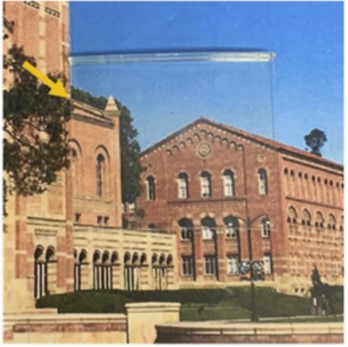
Engineering mesoporous silica for superior optical and thermal properties
D.M. Butts, P.E. McNeil, M. Marszewski, E. Lan, T. Galy, M. Li, J. Kang, D. Ashby, S. King, S. H. Tolbert, Y. Hu, L. Pilon, B.S. Dunn
MRS Energy & Sustainability 7, E39 (2020).
[download pdf]
This paper reports thermally insulating transparent materials: silica-based monoliths with controlled porosity which exhibit the transparency of windows in combination with a thermal conductivity comparable to aerogels.
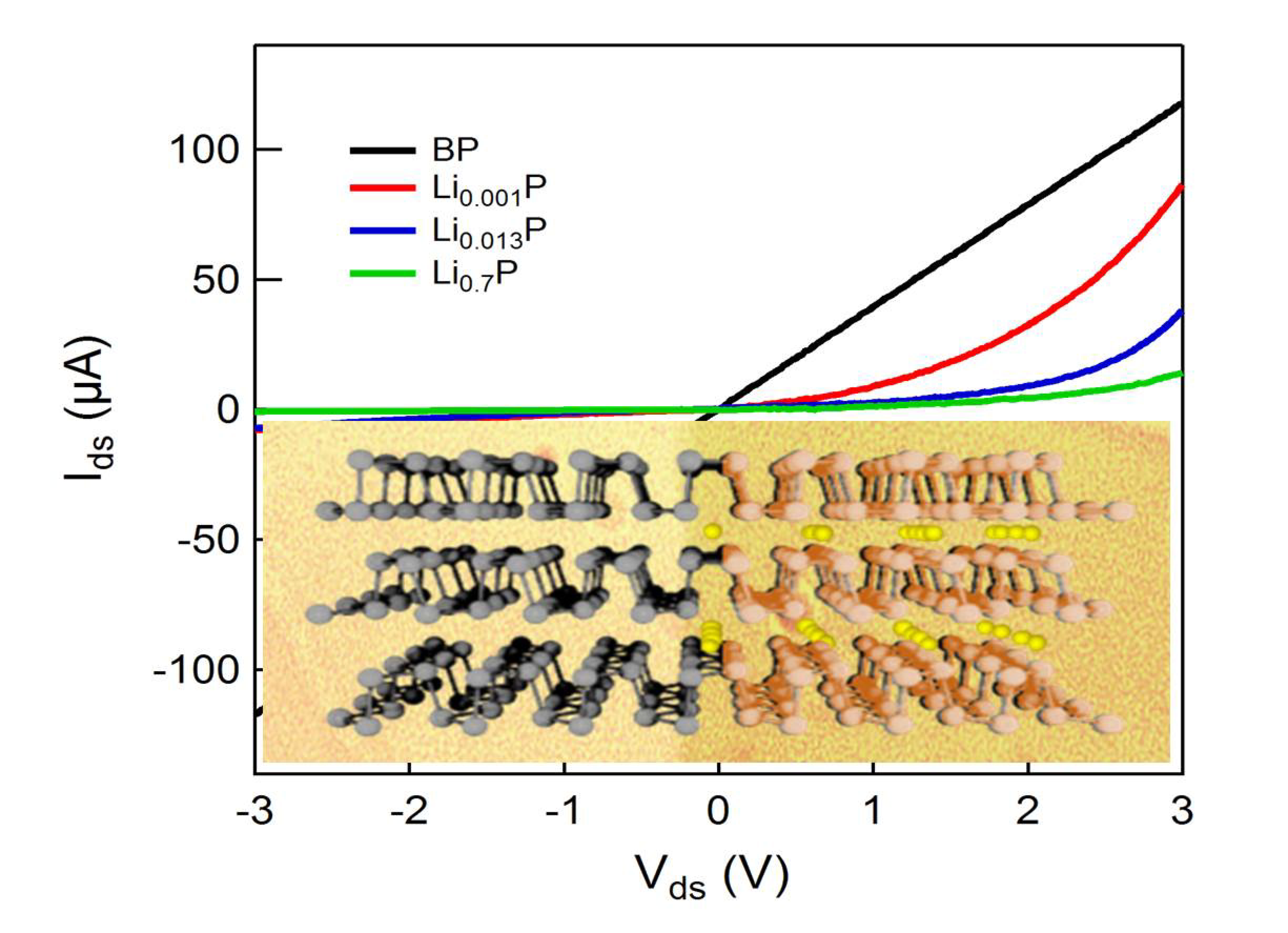
Complementary doping of van der Waals materials through controlled intercalation for monolithically integrated electronics
M. Ke, H. Nguyen, H. Fan, M. Li, H. Wu, and Y. Hu
Nano Research 13, 1369 (2020).
[download pdf]
This paper demonstrates complementary doping of van der Waals materials using controlled ionic intercalation to achieve monolithic building elements. We developed both p-type and n-type field effect transistors as well as electrical diodes with high device stability and performance. An enhanced charge mobility from 380 to 820 cm2/V∙s with the intercalation process is observed and explained as the suppressed neutral impurity scattering based on our ab initio calculations. Our study provides a unique approach to atomically control the electrical properties of van der Waals materials, and may open up new opportunities in developing advanced electronics and physics platforms.
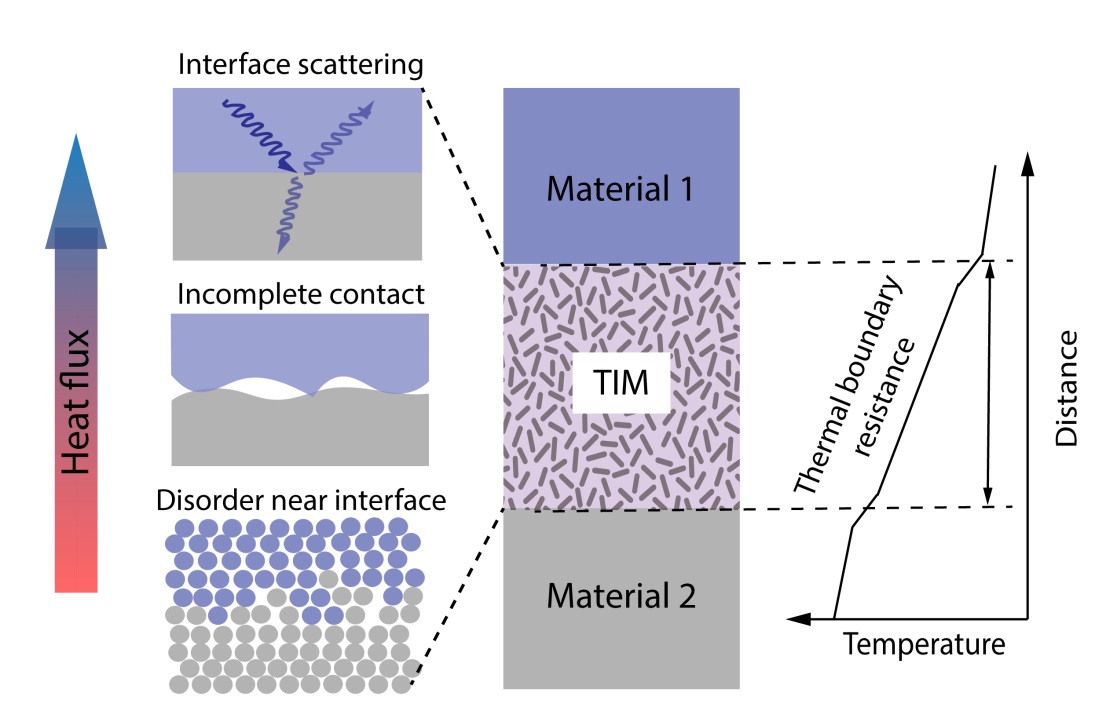
Emerging interface materials for electronics thermal management: experiments, modeling, and
new opportunities
Y. Cui, M. Li, and Y. Hu
Journal of Materials Chemistry C 8, 10568 (2020).
[download pdf]
This paper describes the recent progress in both theory and experiment for developing high-performance thermal interface materials.
2019 Journal Articles
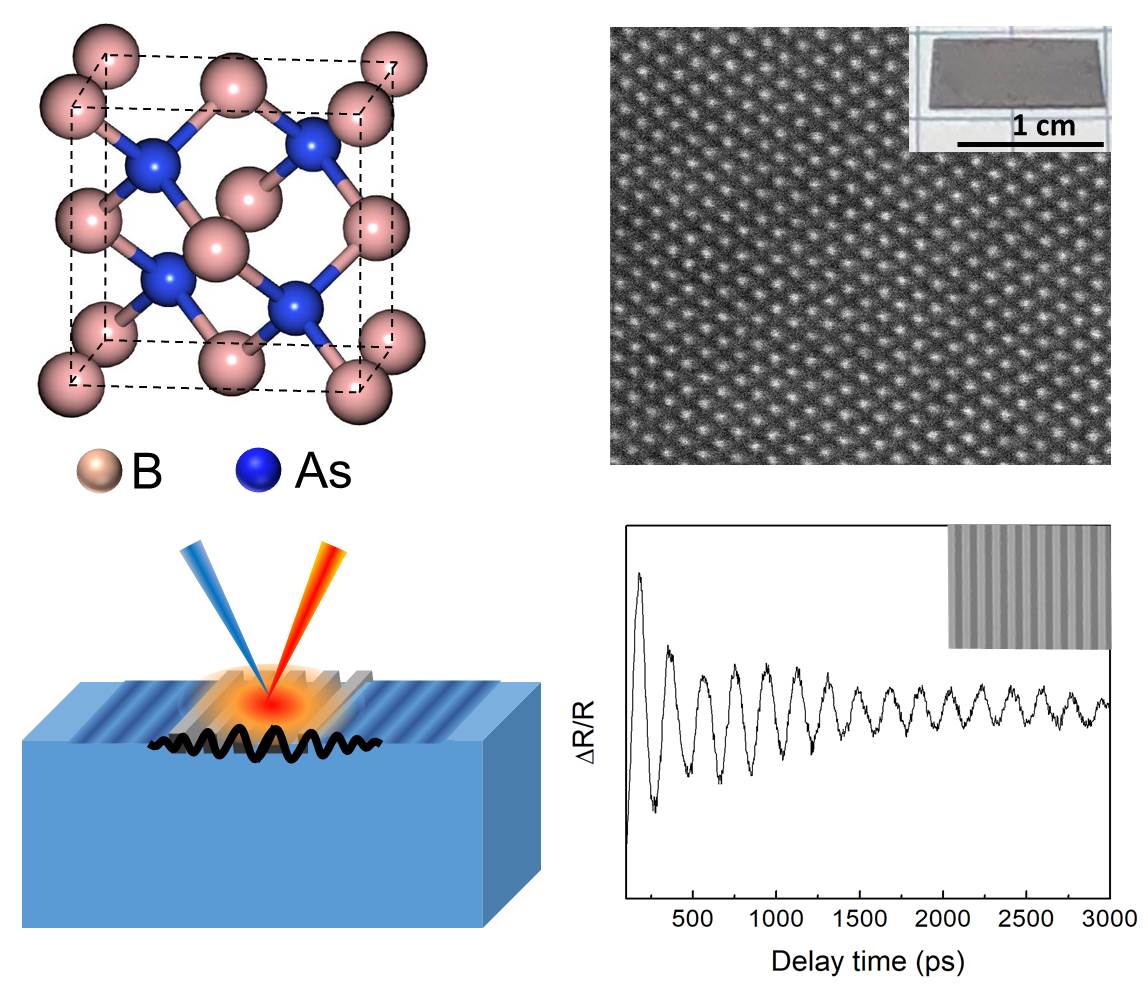
Basic physical properties of cubic boron arsenide
J. Kang, M. Li, H. Wu, H. Nguyen, and Y. Hu
Applied Physics Letters 115, 122103 (2019).
[download pdf]
[highlight by APL Scilight]
This paper reports systematic meaurements to develop the experimental database of important physical properties of BAs, including the bandgap, optical refractive index, elastic modulus, shear modulus, Poisson’s ratio, thermal expansion coefficient, and heat capacity, with the expectation that this new semiconductor will inspire broad research and applications in electronics, photonics, and mechanics.
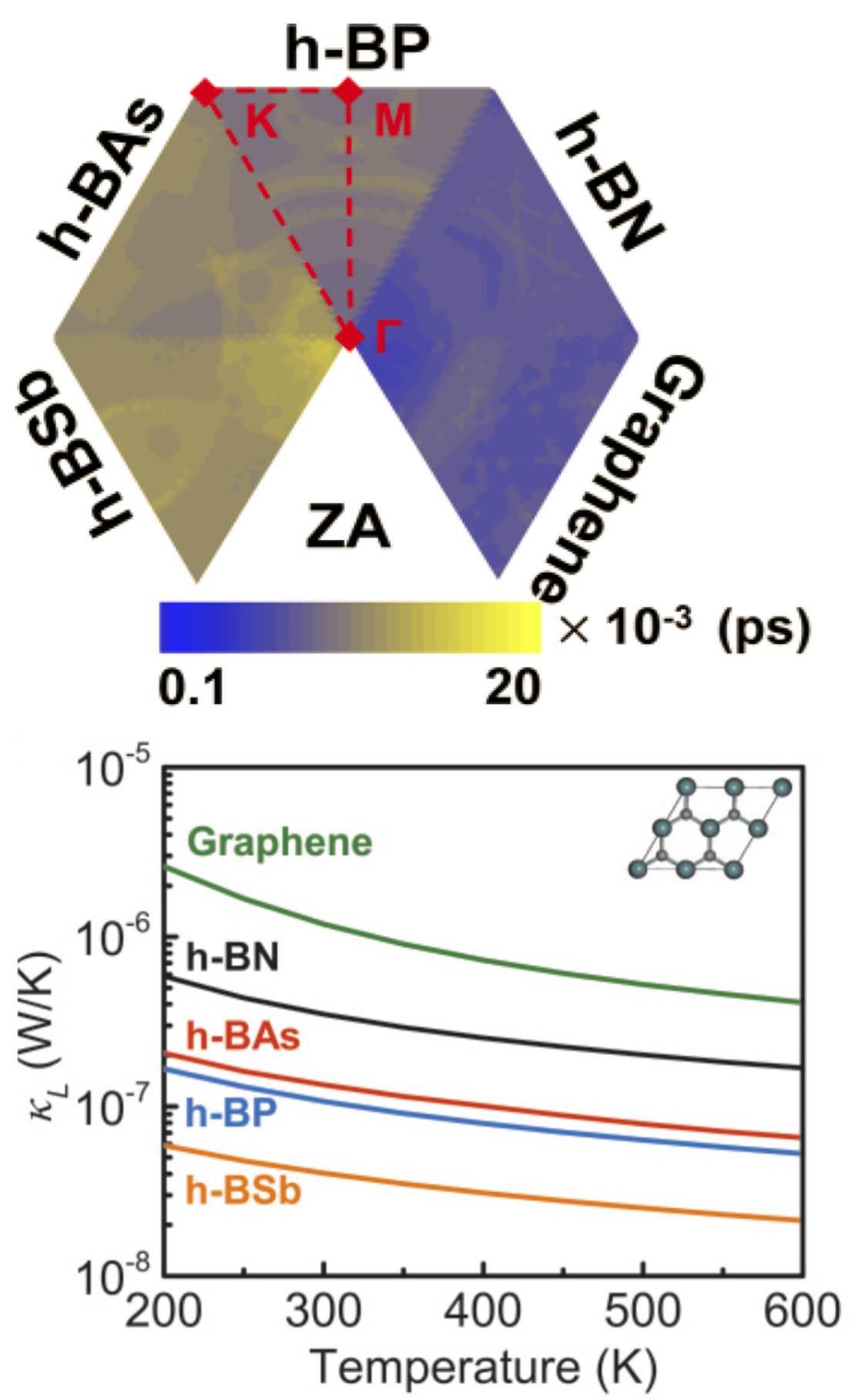
Ab initio investigation of single-layer high thermal conductivity boron compounds
H. Fan, H. Wu, L. Lindsay, and Y. Hu
Phys. Rev. B 100, 085420 (2019)
[download pdf]
This paper uses ab initio phonon Boltzmann transport calculations to derive fundamental understanding of lattice thermal transport in two-dimensional (2D) monolayer hexagonal boron-based compounds, h-BX (X = N, P, As, Sb).
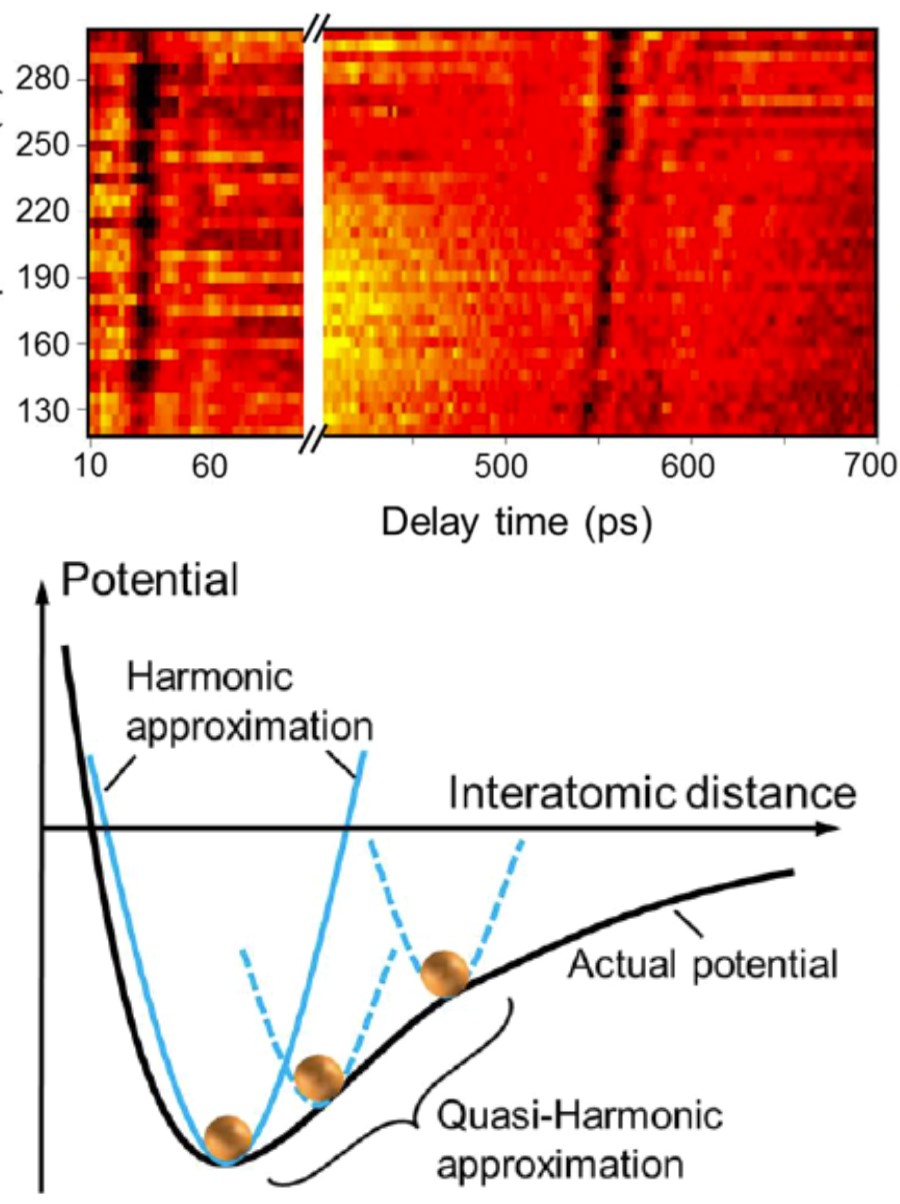
Intrinsic low thermal conductivity and phonon renormalization due to strong anharmonicity of single-crystal tin selenide
J. Kang, H. Wu, M. Li, and Y. Hu
Nano Letters 19, 4941 (2019)
[download pdf]
[supplementary info]
This paper reports the experimental measurements and theoretical calculations of phonon transport in the record-high thermoelectric material, i.e. SnSe and focuses on its undoped and fully dense single crystals. To investigate the phonon anharmonicty, we developed experimental approach combining picosecond ultrasonics and X-ray diffraction, to enable direct measurement of temperature-dependent sound velocity, thermal expansion coefficient, and Gruneisen parameter. The measured Gruneisen parameter suggests an abnormally large temperature effect on phonon dispersion that contributes to over 90% of phonon frequency shifts. Furthermore, we performed ab initio calculations using different methods: in comparison with self-consistent phonon theory, the harmonic and quasi-harmonic models that have been widely used in current phonon calculations, fail to accurately predict these important thermophysical properties. Our study reveals an extremely strong intrinsic anharmonicity in SnSe that introduces phonon renormalization near room temperature. This study represents an important research benchmark in characterizing high-performance thermal energy materials, and provides fundamental insight into advancing modern calculation methods for phonon transport theory.
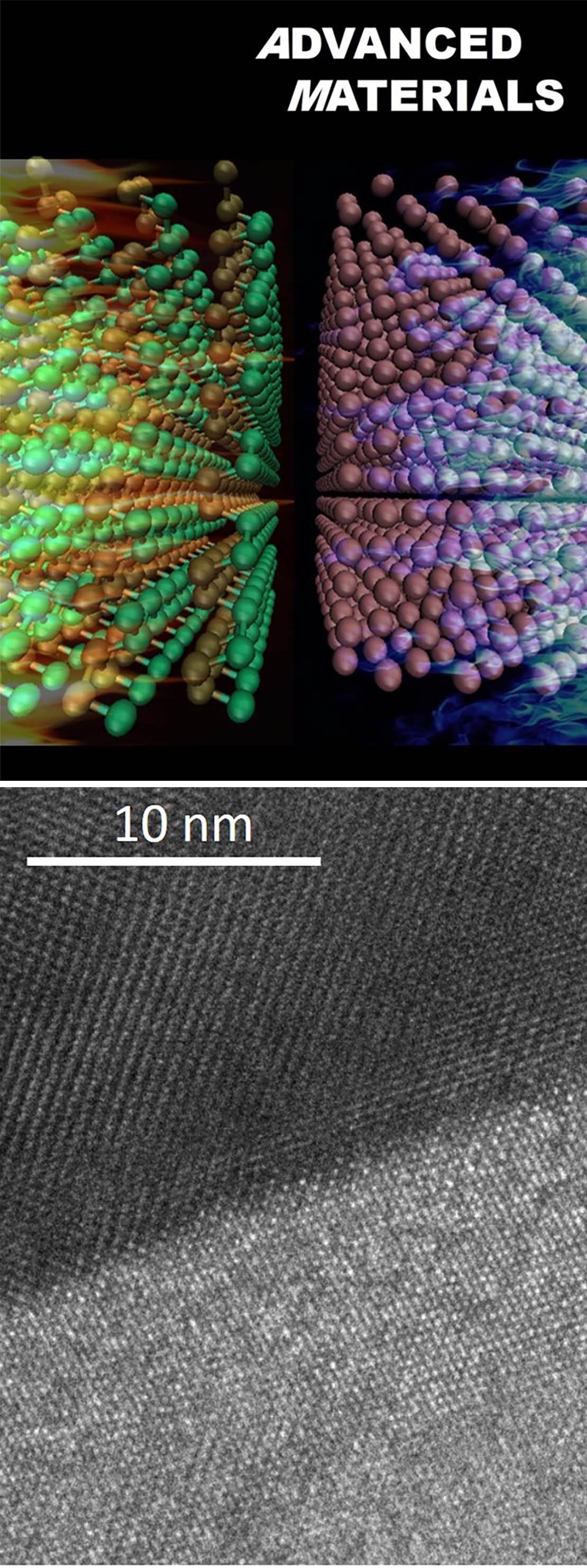
Anisotropic thermal boundary resistance across two-dimensional black phosphorous: experiment and atomistic modeling of interfacial energy transport
M. Li, J. Kang, H. Nguyen, H. Wu, T. Aoki, and Y. Hu
Advanced Materials 31, 1901021 (2019)
[download pdf]
[Supplementary info]
This paper investigates interfacial thermal boundary resistance (TBR) for near-junction electronics thermal management. In particular, TBR can dominate heat dissipation and becomes increasingly important due to the continuous device scaling and emergence of novel nanomaterial building blocks. Here, combining experimental measurements and atomistic calculations, we report the first time observation of a highly anisotropic TBR through crystal orientation dependent interfacial transport study of black phosphorus. Our experiment shows that the metal-semiconductor TBR of the cross-plane interfaces is 241% and 327% respectively as high as that of the armchair and zigzag direction-oriented interface. Atomistic ab-initio calculations are conducted to analyze the anisotropic and temperature-dependent TBR using density functional theory calculated full phonon dispersion relation and molecular dynamics simulation. The measurement and modeling work reveals that such a highly anisotropic TBR observed in black phosphorus can be attributed to its intrinsic band structure and phonon spectral transmission. Furthermore, the study indicates that phonon hopping between different branches are important to modulate the interfacial transport process but with directional preferences. This study provides a critical fundamental understanding of interfacial thermal transport and TBR-structure relationships. Such microscopic understanding may open up new opportunities in developing advanced thermal management technology through rational control over nanostructures and interfaces.
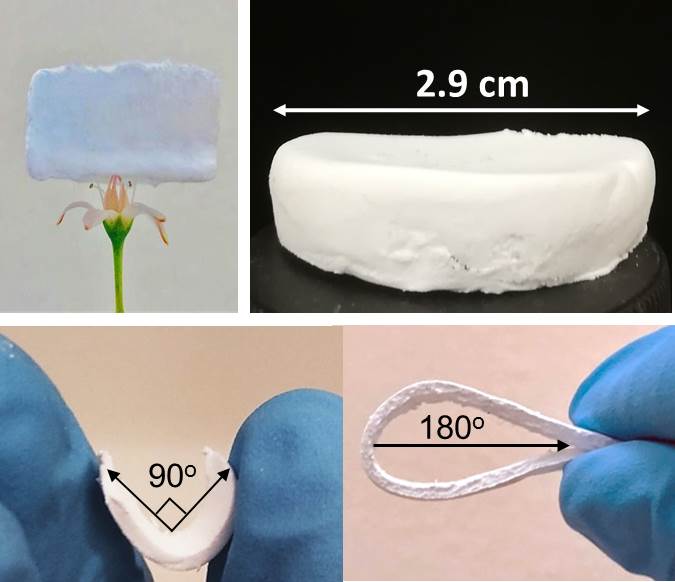
Ultralight and flexible monolithic polymer aerogel with extraordinary thermal insulation by a facile ambient Process
M. Li, Z. Qin, Y. Cui, C. Yang, C. Deng, Y. Wang, J. S. Kang, H. Xia, and Y. Hu
Advanced Materials Interfaces 6, 1900314 (2019)
[download pdf]
[Supplementary info]
This paper demonstrates an energy-saving and scalable ambient-processing pathway to achieve ultralight, flexible, and superhydrophobic polymer aerogel for thermal insulation applications.
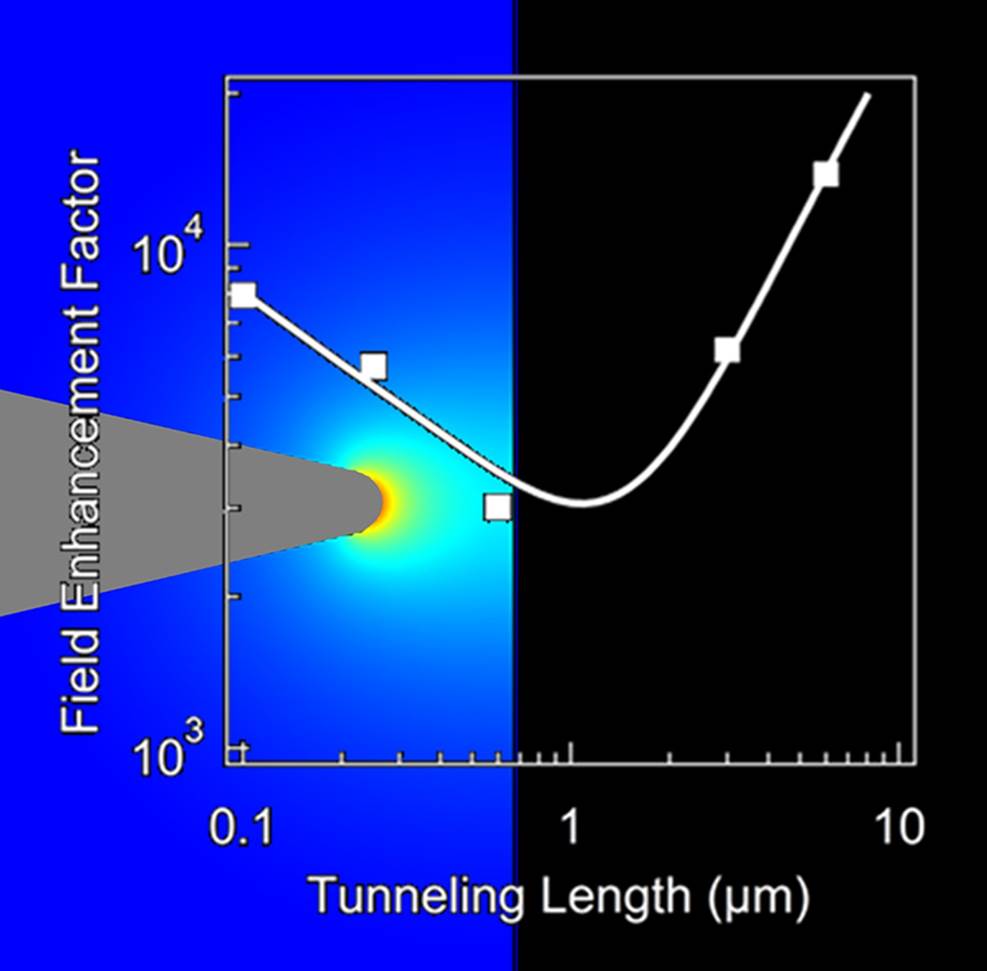
High-performance field emission based on nanostructured tin selenide for nanoscale vacuum transistors
H. Nguyen, J. S. Kang, M. Li and Y. Hu
Nanoscale 11, 3129 (2019)
[download pdf]
[Supplementary info]
This paper demonstrates a high-performance and highly reliable building block for nanoscale vacuum field effect transistors in the aim to go beyond modern solid-state electronics.
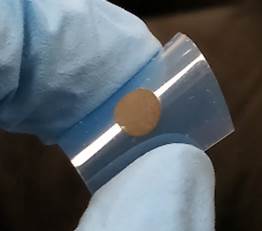
High-performance solution-processable flexible SnSe nanosheet films for lower grade waste heat recovery
N. Rongione, M. Li, H. Wu, H. Nguyen, J. S. Kang, B. Ouyang, H. Xia, Y. Hu
Advanced Electronic Materials 1800774:1-6 (2019).
[download pdf]
[Supplementary info]
This paper demonstrates a low-cost and scalable approach to achieve high-performance flexible thin film energy harvesting devices to power electronics and sensors near room temperature.
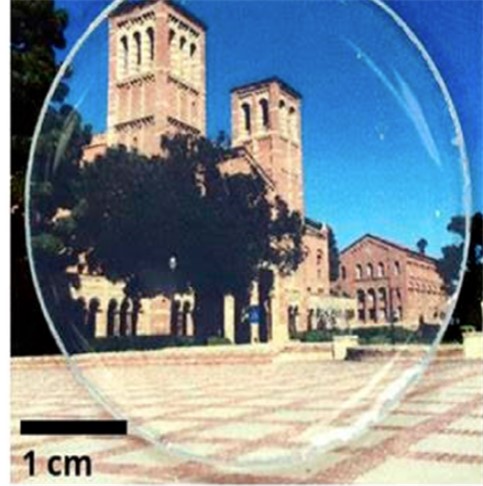
Thick transparent nanoparticle-based mesoporous silica monolithic slabs for thermally insulating window materials
M. Marszewski, S.C. King, Y. Yan, T. Galy, M. Li, A. Dashti, D.M. Butts, J.S. Kang, P.E. McNeil, E. Lan, B.S. Dunn, Y. Hu, S. Tolbert, L. Pilon
ACS Applied Nanomaterials 2, 4547 (2019)
[download pdf]
[supplementary info]
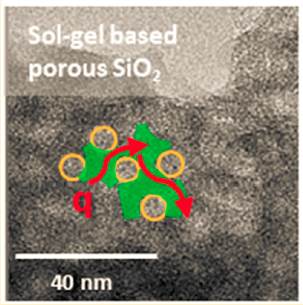
Exploring the effect of porous structure on thermal conductivity in templated mesoporous silica films
Y. Yan, S. King, M. Li, T. Galy, M. Marszewski, J. Kang, L. Pilon, Y. Hu, S. Tolbert
Journal of Physical Chemistry (2019)
[download pdf]
[supplementary info]
2018 Journal Articles
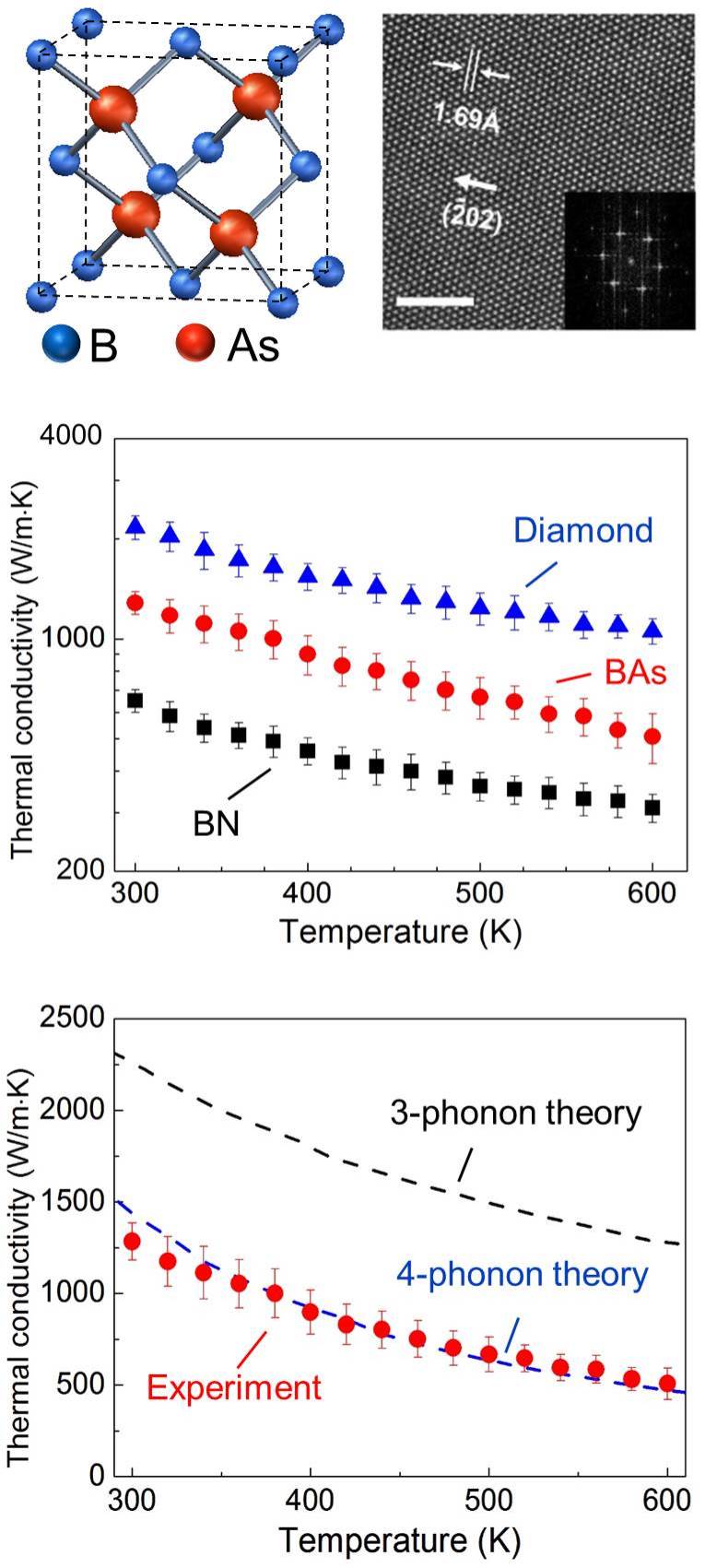
Experimental observation of high thermal conductivity in boron arsenide
J.S. Kang, M. Li, H. Wu, H. Nguyen, and Y. Hu
Science 361, 575-578 (2018)
[download pdf]
[Supplementary info]
Highlighted by C&EN News, Physics Today, Materials Today, Nano Today, Science News, Eurekalert, ScienceDaily, Semiconductor Today, Electronics Weekly, Physics World, NanoWerk, R&D News, Physics, Solid State Technology.
This paper pioneers the experimental development and phonon transport study of a new semiconductor material, boron arsenide for electronics thermal management. We successfully synthesized BAs single crystals and measured a record-high room temperature thermal conductivity of 1300 W/mK, beyond most common metals and semiconductors. Our spectroscopy study in conjunction with ab-initio atomistic theory reveals new physics: the unique band structure of BAs allows for very long phonon mean free paths and strong high-order anharmonicity through the four-phonon scattering process, i.e., versus that 3-phonon scattering process has been considered as the dominant transport for many decades. Our study establishes BAs as a benchmark material for thermal management applications, and exemplifies the power of combining experiments and ab initio theory in discovering new materials and heat transfer mechanisms.
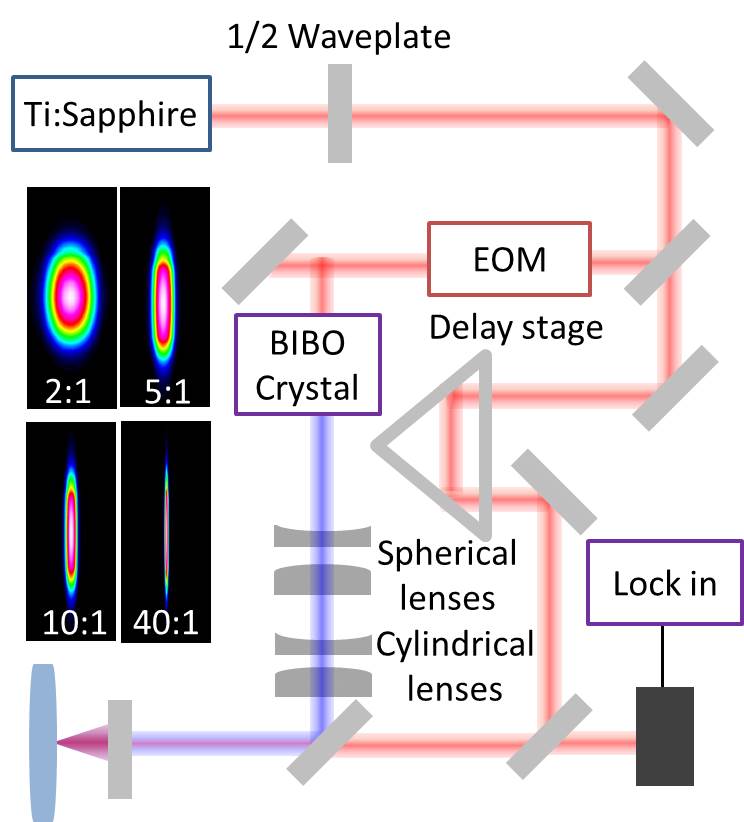
Anisotropic thermal conductivity measurement using a new Asymmetric-Beam Time-Domain Thermoreflectance (AB-TDTR) method
M. Li, J.S. Kang, and Y. Hu
Review of Scientific Instruments 89, 084901 (2018)
[download pdf]
This paper develops a new metrology based on asymmetric beam time-domain thermoreflectance (AB-TDTR) to accurately measure anisotropic thermal phenomena for rational materials design and thermal applications.
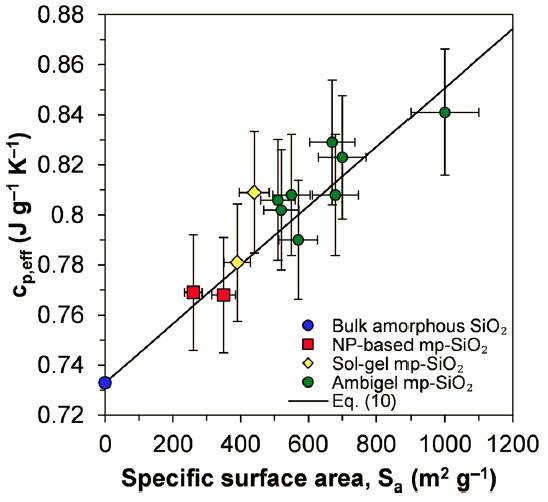
Effect of surface hydroxyl groups on heat capacity of mesoporous silica
M. Marszewski, D. Butts, E. Lan, Y. Yan, S.C. King, P.E. McNeil, T. Galy, B. Dunn, S.H. Tolbert, Y. Hu, L. Pilon
Appl. Phys. Lett. 112, 201903 (2018)
[download pdf]
2017 Journal Articles
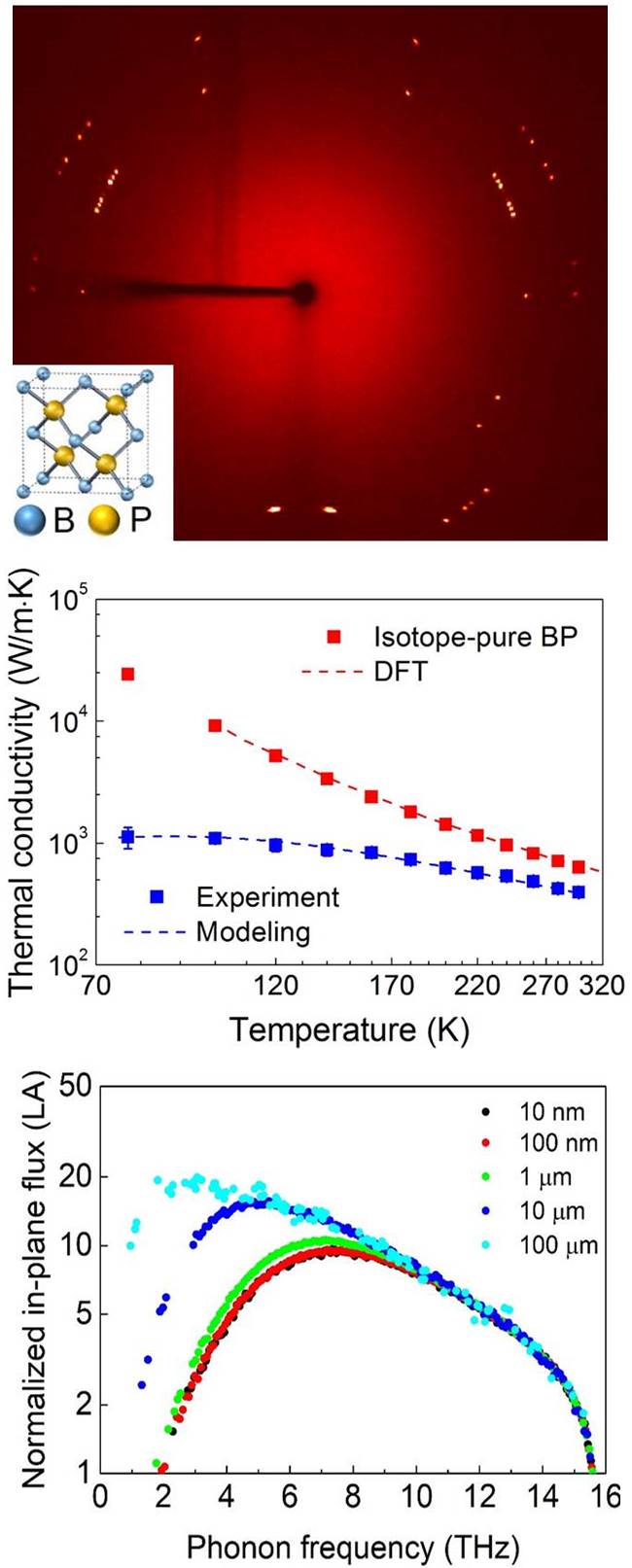
Thermal properties and phonon spectral mapping of boron phosphide through nanoscale ballistic transport for high thermal conductivity applications,
J.S. Kang, H. Wu; and Y. Hu
Nano Letters 17, 7507-7514 (2017)
[download pdf]
[Supplementary info]
This paper demonstrates a systematic synthesis-experimental-modeling approach to investigate high thermal conductivity material boron phosphide for efficient heat dissipation. We achieved a thermal conductivity of 460 W/mK at room temperature and experimentally measured the phonon mean free path spectra of boron phosphide and analyzed experimental results by solving three-dimensional and spectral-dependent phonon Boltzmann transport equation using the variance-reduced Monte Carlo method. The experimental results are in good agreement with that predicted by multiscale simulations and density functional theory, which together quantify the heat conduction through the phonon mode dependent scattering process. Our finding underscores the promise of boron phosphide as a high thermal conductivity material for thermal management and provides a microscopic-level understanding of the phonon spectra and thermal transport mechanisms of boron phosphide, to enable a rational design of high thermal conductivity materials and nano- to multiscale devices.
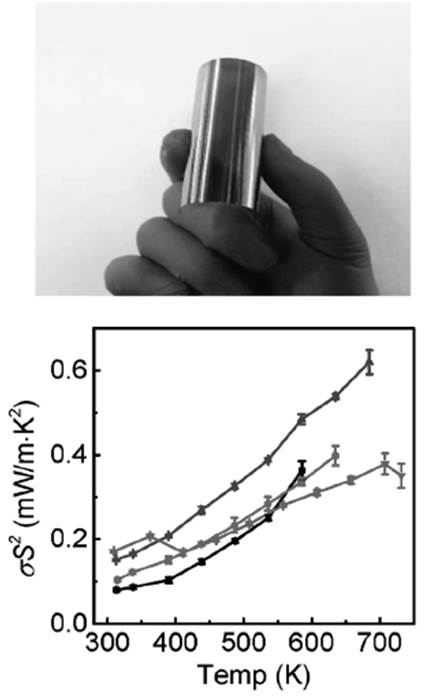
A solution processable high-performance thermoelectric copper selenide thin film
Z. Lin, C. Hollar, J.S. Kang, A. Yin, Y. Wang, H. Shiu, Y. Huang, Y. Hu, Y. Zhang, and X. Duan
Advanced Materials 29, 1606662:1-6 (2017). [download pdf]
[Supplementary info]
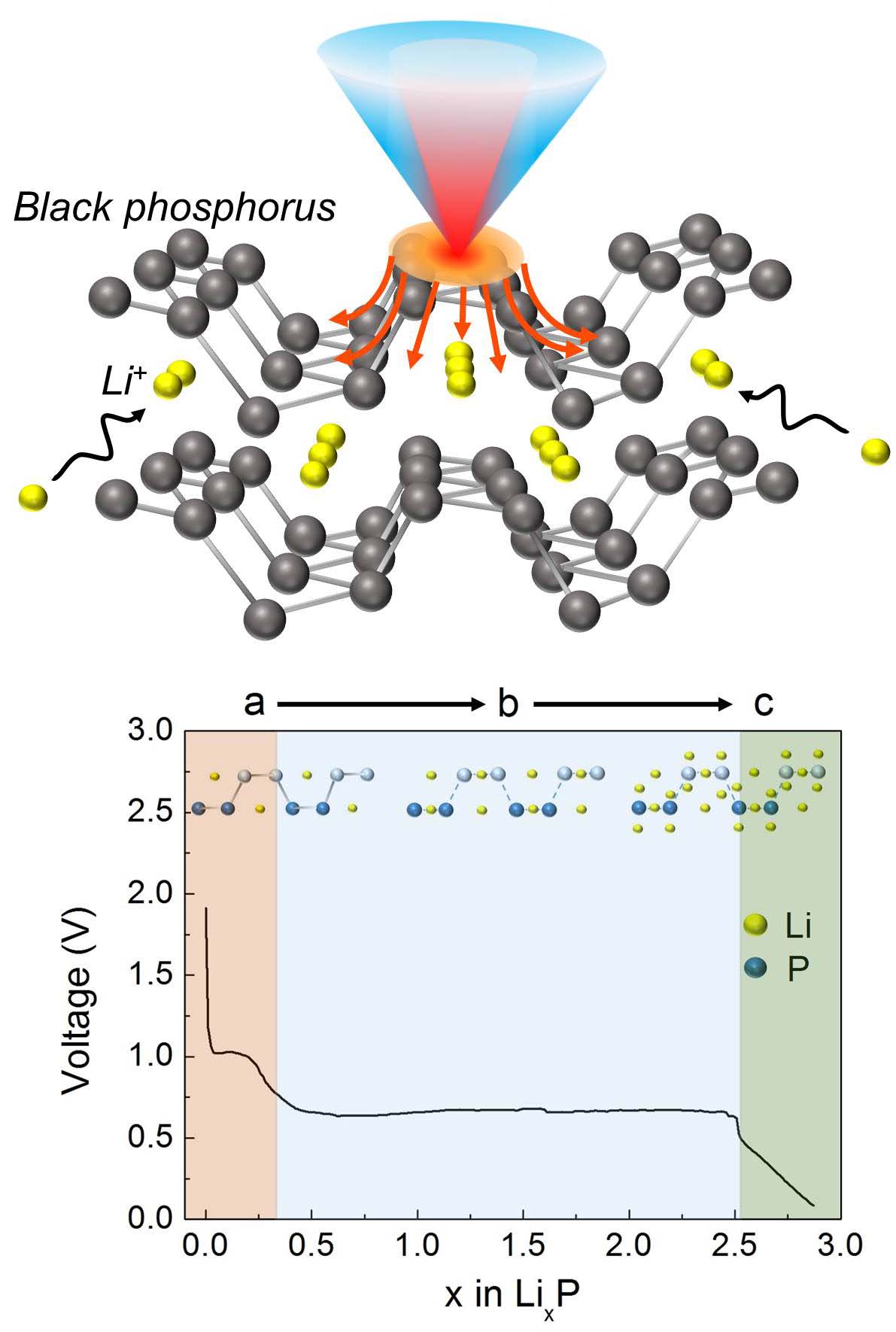
Ionic intercalation in 2D van der Waals materials: In-situ electrochemical control of the anisotropic thermal conductivity of black phosphorus
J.S. Kang, M. Ke and Y. Hu
Nano Letters 17, 1431-1438 (2017). [download pdf]
[Supplementary info]
This paper develops a novel in-situ thermal-electrochemical sensor system to characterize 2D van der Waals material based lithium ion battery. Our approach integrates ultrafast optical spectroscopy and electrochemical control and enables the investigation of heat transfer in the 2D material electrode (black phosphorus) during the battery's normal operation process. The study reveals intriguing anisotropic ion-phonon interactions and defect scattering mechanisms.
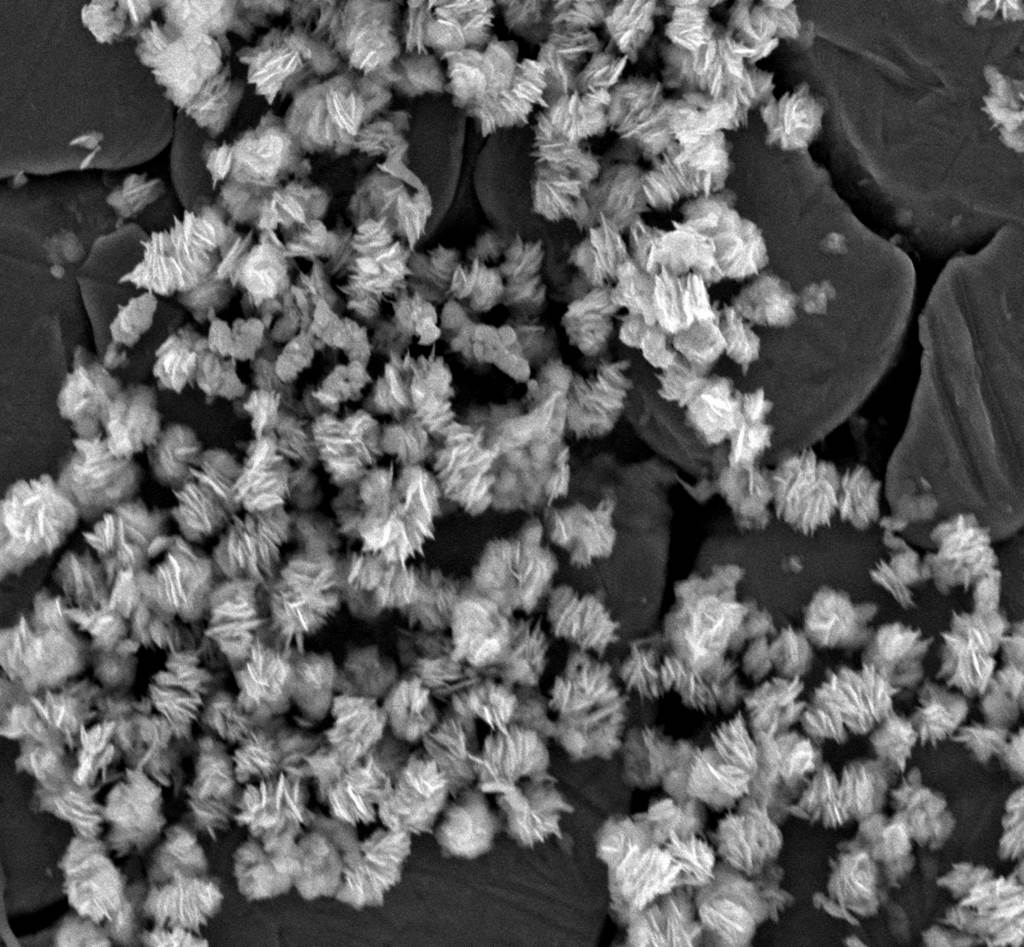
Improving the ion diffusivity in lithium ion batteries using hybridized nanostructure tin selenide/PEDOT:PSS electrodes
H. Nguyen, M. Ke, and Y. Hu
Res. Rev. Electrochem. 1, 1 (2017).
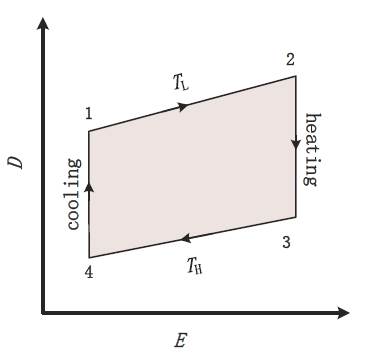
Nanotechnology for lower grade waste heat recovery
N. Rongione, H. Hguyen, H. Wu, Y. Hu
IEEE NEMS 10.1109, 826-831 (2017).
2016 Journal Articles
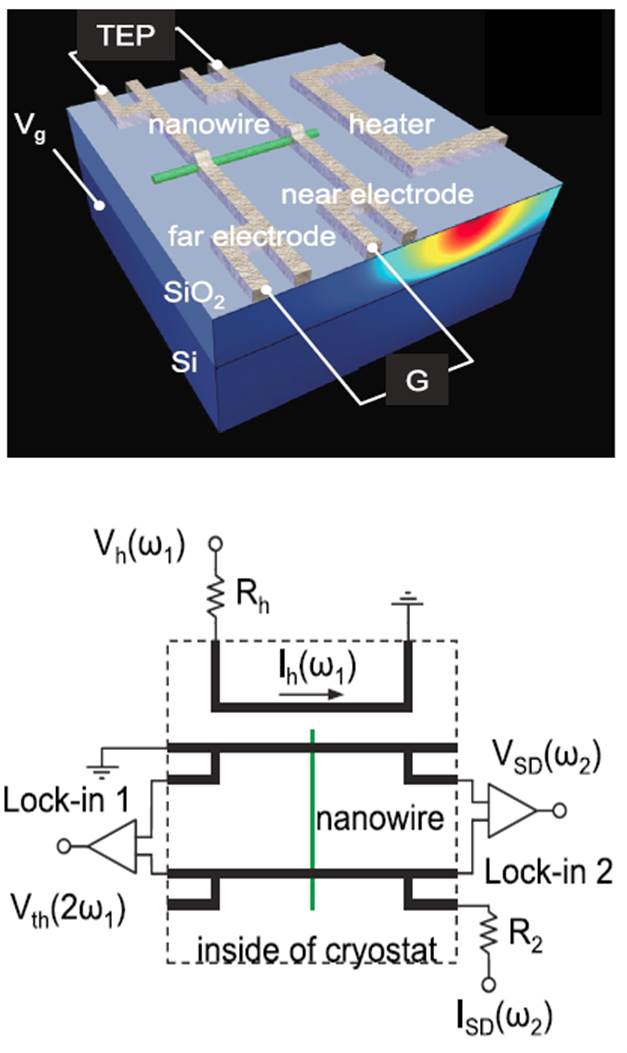
Electric field effect thermoelectric transport in individual silicon and germanium/silicon nanowires
Y. Brovman, Small, J., Hu, Y., Fang, Y., Lieber, C.M., and Kim, P.
J. of Appl. Phys. 119:1-4 (2016). [download pdf]
2015 Journal Articles
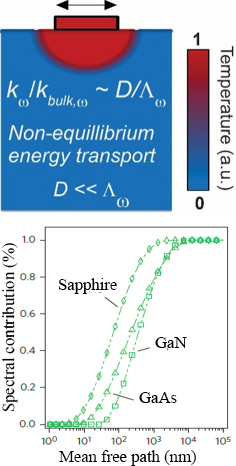
Spectral mapping of thermal conductivity through nanoscale ballistic transport
Y. Hu, L. Zeng, A. J. Minnich, M.S. Dresselhaus, and G. Chen
Nature Nanotechnology 10, 701-706 (2015).
[download pdf][Supplementary info]
Highlighted by Physics World, Nanowerk, Scitech Daily, and MIT News.
This paper presents a table-top pump-probe spectroscopy approach to measure phonon spectral contribution to heat transfer. Classical diffusion theory fails to describe small scale energy transport, such as to gauge the temperature rise in modern electronics and thermal solar energy harvesting devices, but the new work provides detailed quantification of such non-equilibrium energy transport down to its spectral contributions. Experimental measurement is compared with modeling results based on transient frequency-dependent Boltzmann transport equation and multi-scale Monte Carlo methods, which enables us to better understand heat transfer and design energy materials.
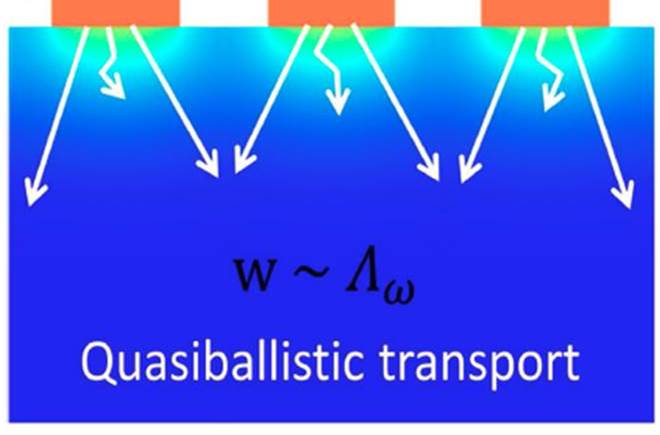
Measuring phonon mean free path distributions by probing quasiballistic phonon transport in grating nanostructures
L. Zeng, K.C. Collins, Y. Hu, M.N. Luckyanova, A.A. Maznev, S. Huberman, V. Chiloyan, J. Zhou, X. Huang, K.A. Nelson, and G. Chen
Scientific Reports 5:1-10 (2015). [download pdf]
[Supplementary info]
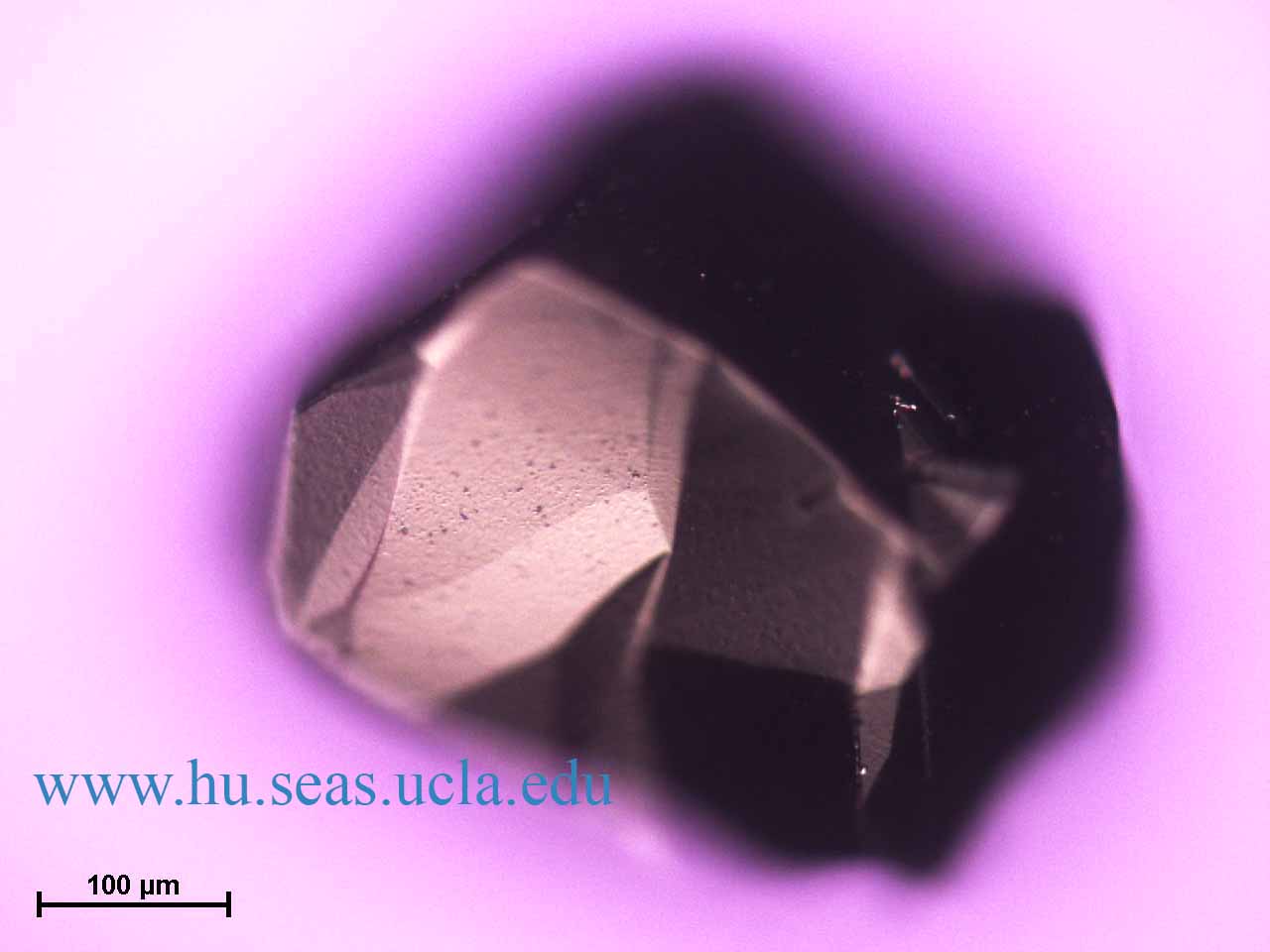
Experimental study of the proposed super-thermal-conductor: BAs
B. Lv, Y. Lan, X. Wang, Q. Zhang, Y. Hu, A. Jacobson, D. Broido, G. Chen, Z. Ren, C. Chu
Appl. Phys. Lett. 106, 074105-074108 (2015). [download pdf]
[Supplementary info]
Before 2015 Journal Articles
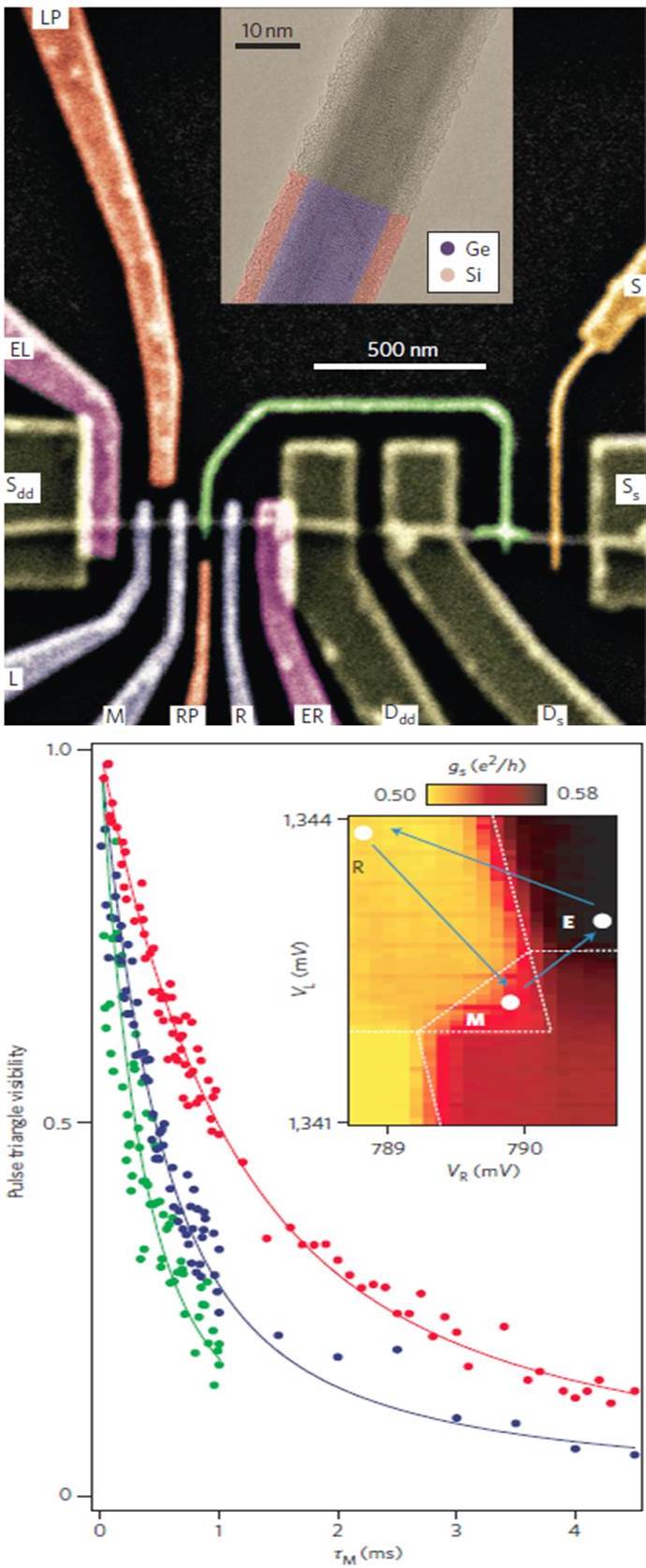
Hole spin relaxation in Ge-Si core-shell nanowire qubits
Y. Hu, F. Kuemmeth, C.M. Lieber, and C.M. Marcus
Nature Nanotechnology 7, 47-50 (2012).
[download pdf]
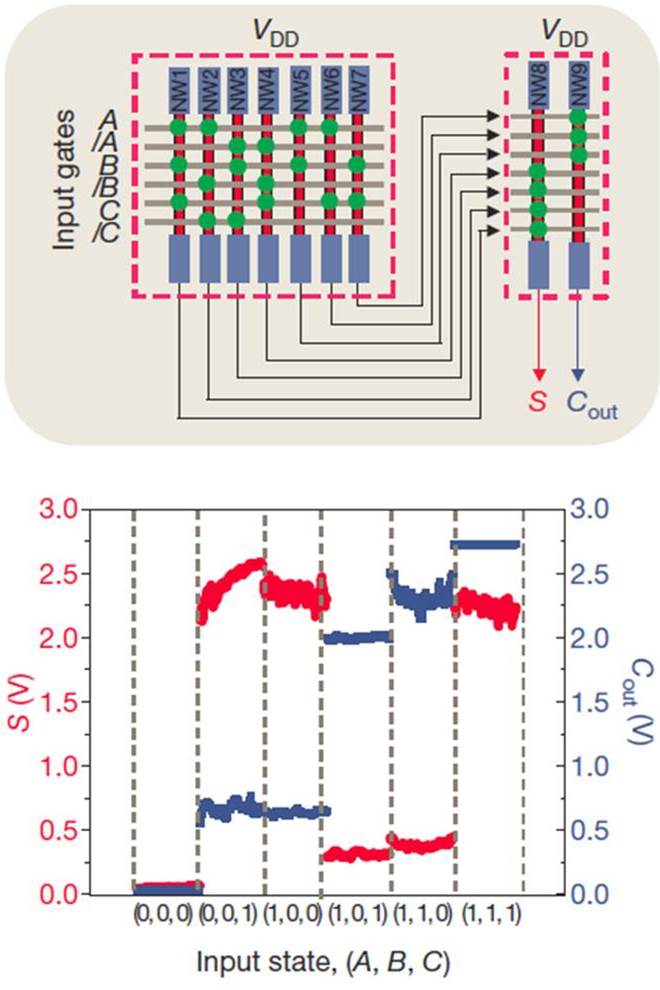
Programmable nanowire nanoprocessor
H. Yang, H. Choe, S. Nam, Y. Hu, S. Das, J.F. Klemic, J.C., Elenbogen, and C.M. Lieber
Nature 470, 240-244 (2011). [download pdf]
[supplementary info]
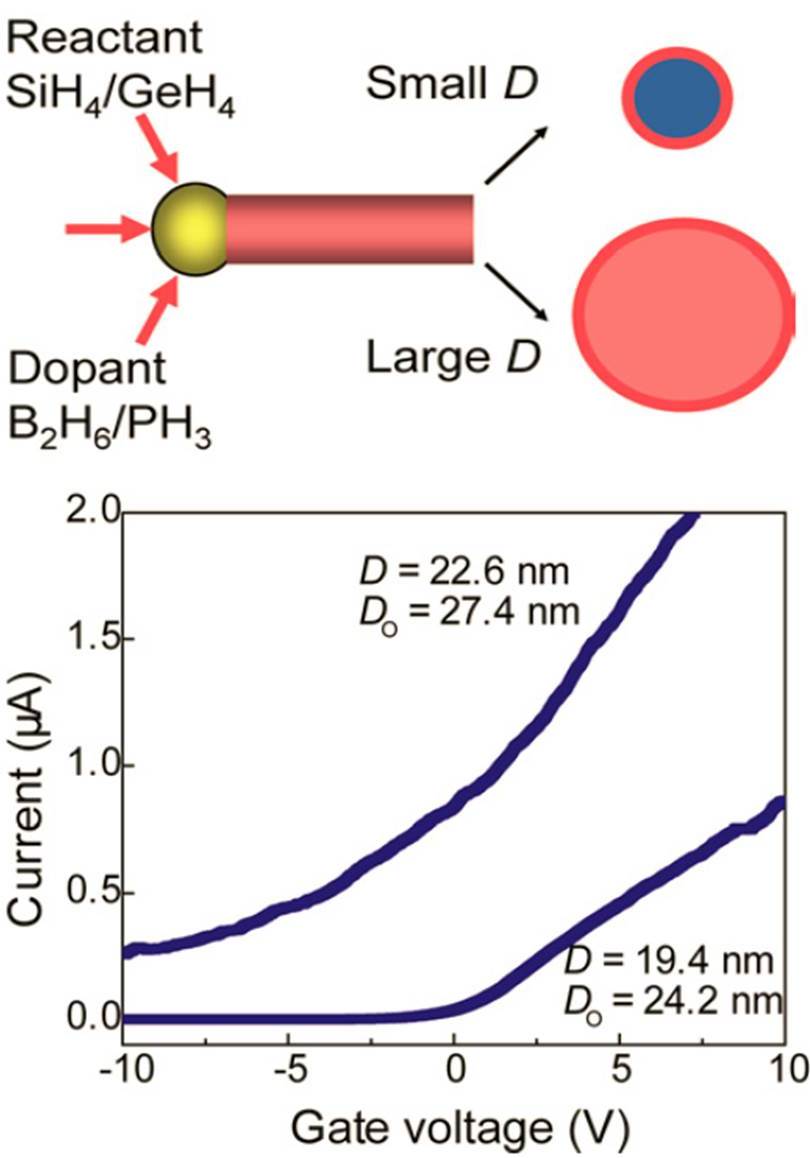
Diameter-dependent dopant location in silicon and germanium nanowires
P. Xie, Y. Hu, Y. Fang, J. Huang, and C.M. Lieber
Proc. Natl. Acad. Sci. USA 106, 15254-15258 (2009). [download pdf]
[Supplementary info]
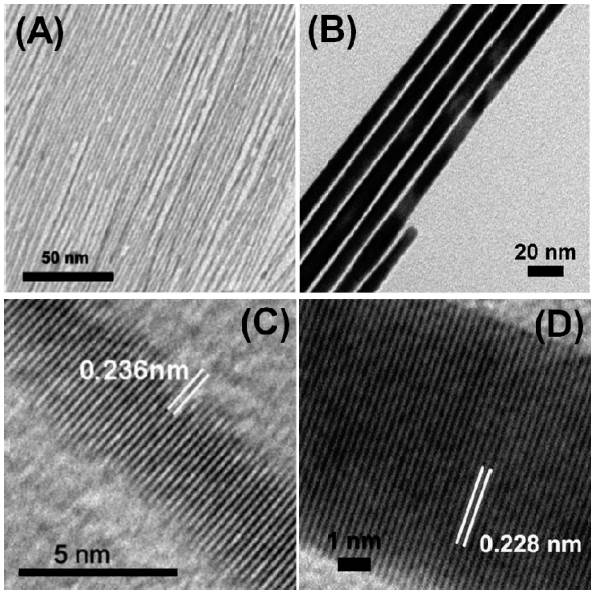
Ultrathin Au nanowires and their transport properties
C. Wang, Y. Hu, C.M. Lieber, and S. Sun
J. Am. Chem. Soc. 130, 8902-8903 (2008). [download pdf]
[supplementary info]
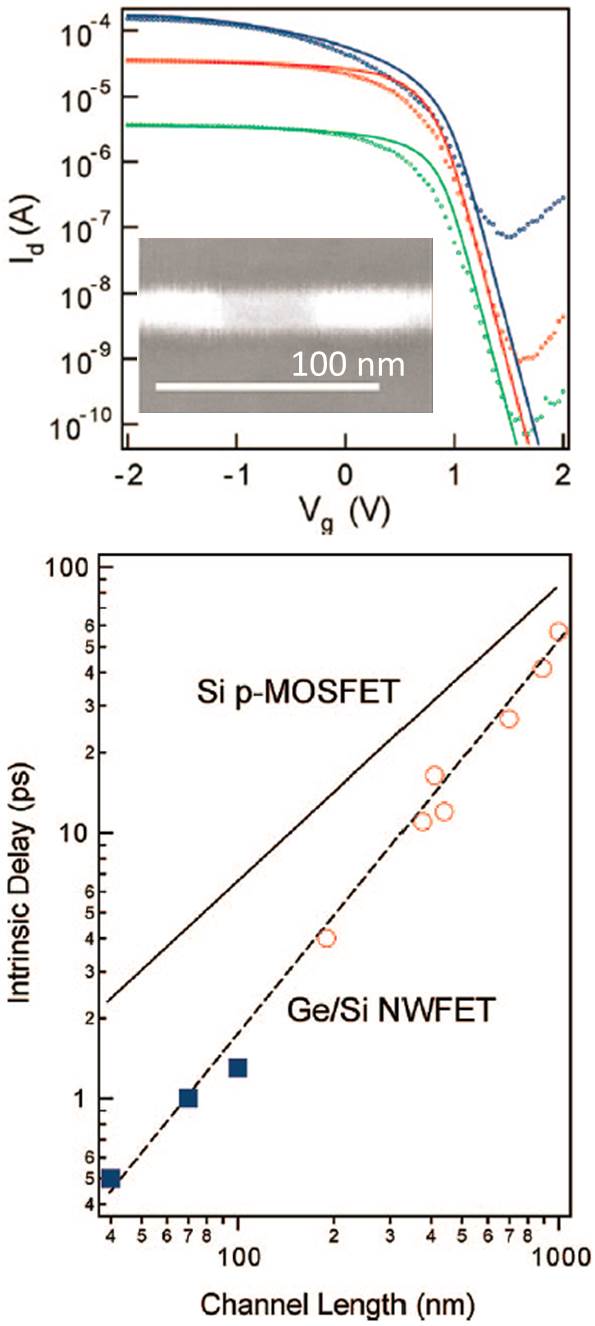
Sub-100 nanometer channel length Ge/Si nanowire transistors with potential for 2 THz switching speed
Y. Hu, J. Xiang, G. Liang, H. Yan, H., and C.M. Lieber
Nano Letters 8, 925-930 (2008). [download pdf]
[supplementary info]
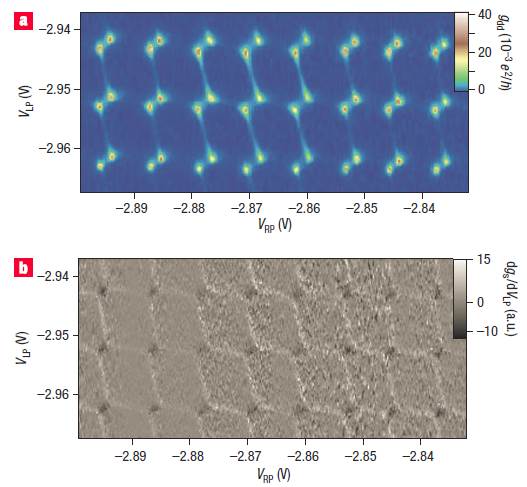
A Ge/Si heterostructure nanowire-based double quantum dot with integrated charge sensor
Y. Hu, D.R. Churchill, J., Xiang, C.M. Lieber, C.M. Marcus
Nature Nanotechnology 2, 622-625 (2007). [download pdf]
[supplementary info]
Highlighted in News and Views, Nature Nanotechnology 2, 595 (2007). [download pdf]
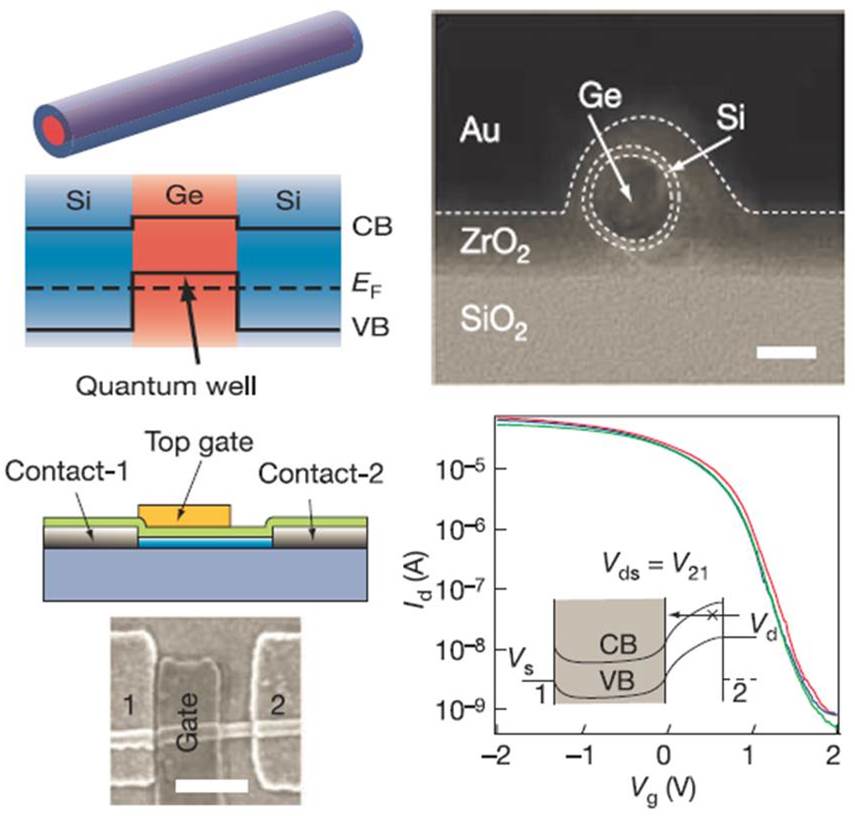
Ge/Si nanowire heterostructures as high-performance field-effect transistors
J. Xiang, W. Lu, Y. Hu, H. Yan, and C.M. Lieber
Nature 441, 489-493 (2006). [download pdf]
[supplementary info]
